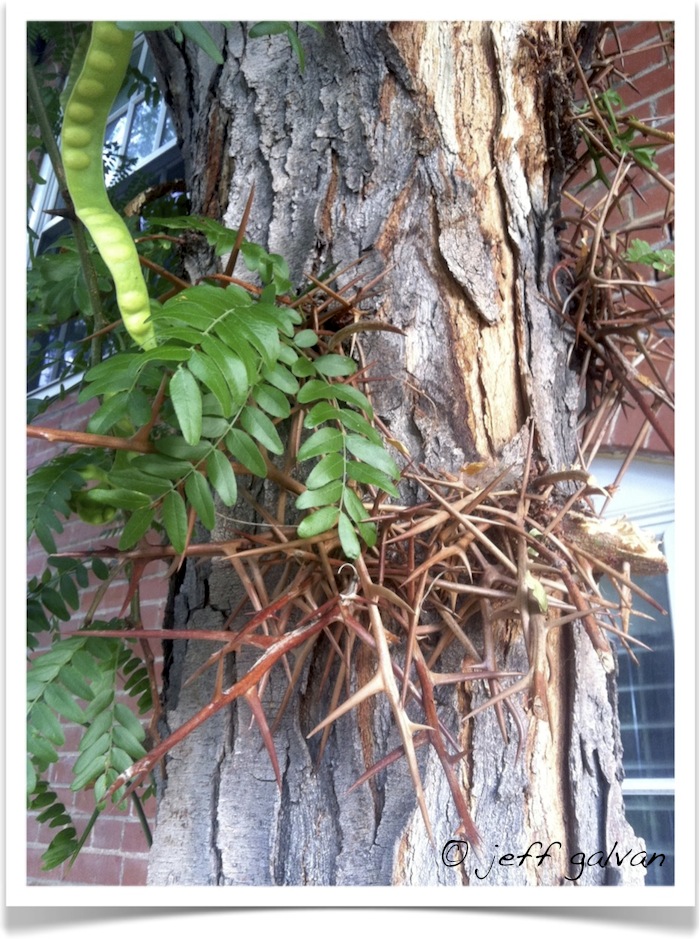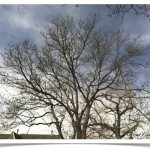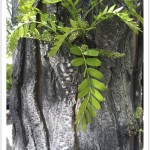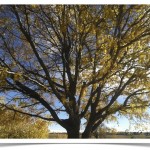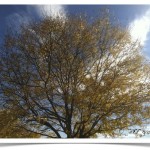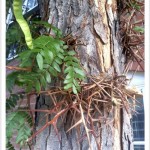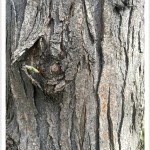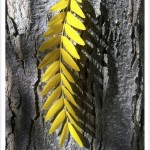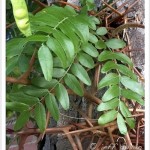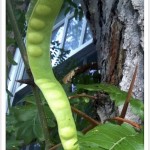Botanical name: Gleditsia triacanthos – (thornless variety – var. inermis)
Family: Fabaceae (pea)
Click on images of Honeylocust to enlarge.
A.K.A. thorny locust, honey locust, honey-locust, common honey-locust sweet locust, honey-shucks locust and (thornless common honey-locust)
- Native
- Deciduous
- Reaches a mature height of 80′-100′
- Open crown width of 45′-55′
- Grey bark that can have thorns 12″ long.
- Alternate bud arrangement with zigzag pattern
- Leaves are 9″-12″ pinnately (sometimes bi-pinnately – smaller size) compound and have 20-30 leaflets that are 1.5″-2.5″ long with smooth margins
- Has small flowers in racemes that bloom in the spring
- Produces flat, twisting seed pods 9″-18″ in length
- Full sun
- Taproots can reach up to 20′
- Variety of soils and pH
- Common problems are cankers, collar rot, honeylocust bores, leaf hoppers, blistering beetles, eriophyid mites, honey locust spider mite, scale
- Related to black locust
- Zone 3-9
- Locust, Honey (thornless) ~ Branches
- Locust, Honey
- honeylocust
- Locust, Honey (thornless) ~ Bark
- Locust, Honey ~ Leaf (autumn)
- Locust, Honey ~ Leaf
- Locust, Honey ~ Seed Pods


